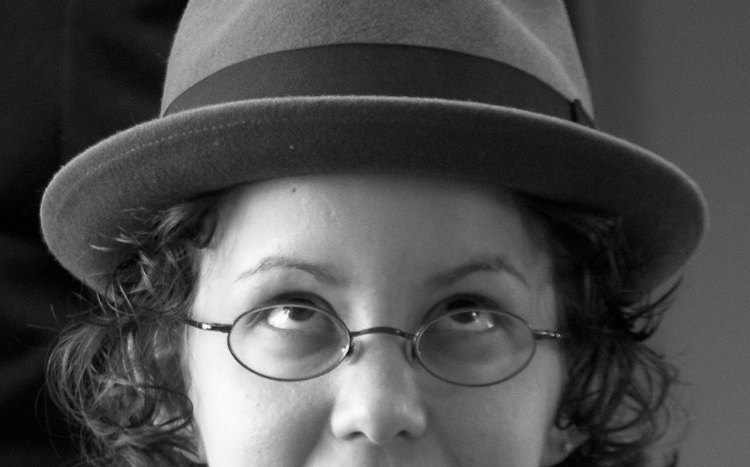Whenever I do a communication workshop, I typically pose the question “What does an eye roll mean?”
After giving folks a moment to think, I start surveying the room for answers. I’m always surprised by how many distinctly different answers I hear.
While everyone agrees that an eye roll is projecting negativity, there is very little agreement on the specifics.
Some think it shows disbelief. Others go with frustration. Still others interpret an eye roll as a dismissal of the idea and maybe even the person uttering it.
Here’s the problem. Few, if any of us, would ever consider the possibility that an eye roll could mean anything other than our original interpretation. We see it. We are certain of its meaning. More times than not we are wrong.
Because so much information is conveyed via body language, our ability to be effective in this area means getting much better at correctly interpreting what we see.
Pay attention
My advice is simple. Pay attention, but don’t make assumptions.
When you notice something that you believe has meaning, use it as a springboard for more conversation.
Tough Conversations
We teach people how to work through their differences.
Example
Let’s say you are talking with someone and after making a suggestion you see an expression come over the other person’s face that you interpret as dislike for your idea.
Now you might be right or maybe not. Even if you are, do you know why the person doesn’t like your suggestion? That could be important information.
Instead of proceeding based on your belief that the person is now against you, open up a conversation based on your guess about what you observed. You could say something like,
Looks like maybe you’re not crazy about what I just said. Am I reading you right? I’d like to know more about what you are thinking.
Your goal is to encourage more conversation so clarity increases with the exchange of language.
Don’t make my mistake
As a warning, you have to be careful about when and how you pursue these conversations. Once I was presenting a workshop and noticed a participant cut loose a big eye roll in response to something I had just said. Or at least that was my assumption.
Here’s the rest of the story…
Follow up for better results
I follow up on many body language hunches. Some are confirmed. Others show my assumptions to be wrong. Most work out just fine.
With my one caution in mind, I encourage you to start paying more attention to body language. Ask about what you notice. It’s the best way I know to increase understanding.
If communication challenges like this are creating problems in your organization, perhaps it’s time for some fun, yet highly effective training to teach employees how to master this skill. Click the button to learn more about communication training.


